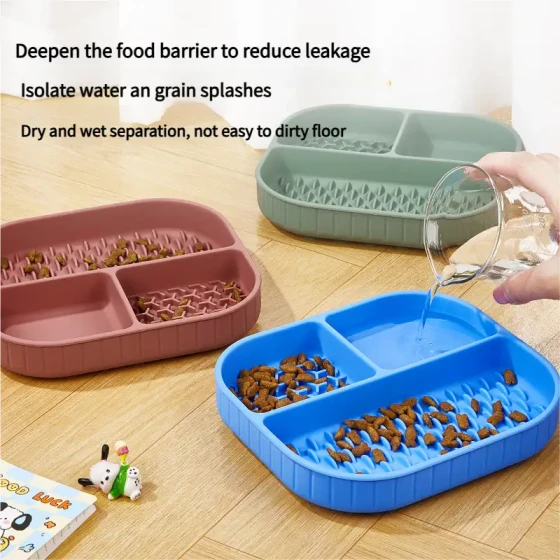Things to Pay Attention to When Choosing a Puppy

Husky Puppy
When choosing a dog, it is best to buy from a professional kennel because professional kennels are generally more formal and reliable~ Of course, the price will also be higher. Secondly, you can also buy from some home breeders. When purchasing, it is best to be able to see the puppy’s parents and learn some information about them.
The best time to choose a puppy is at 2-6 months of age. Newborn puppies have poor survival ability and artificial feeding is very difficult; dogs older than 6 months have already established a friendship with their original owner, so it takes a lot of effort and time to make them forget the old owner and bond with the new owner. Additionally, bad habits formed by that time are difficult to correct. Puppies aged 2-6 months can quickly adapt to the new environment, establish a firm friendship with the new owner, and are easier to train.
The following ten points must be paid attention to when choosing a puppy
1. Normal appetite Eating, playing, sleeping, and excreting are the four basic needs for normal puppy growth. Puppies that have just changed environment, food, or suffer from car sickness may temporarily reduce their appetite. However, puppies that are severely dehydrated, have latent diseases, gastroenteritis, or physical pain will also lose their appetite. In such cases, the prospective owner should stay observant. Ask the staff about feeding times and arrange visits to observe any changes.
2. No nasal discharge Pets that catch a cold, have nasal allergies, or upper respiratory infections will have a runny nose. After bacterial infection, the discharge will turn milky white, yellow, or green pus. Also, food coming out of the nostrils indicates eating too quickly, swallowing mechanism problems, or congenital structural defects.
3. No coughing Dogs that catch a cold, have a sensitive throat, are in polluted air environments, or suffer from tracheitis and bronchitis may cough. Severe coughing with excessive phlegm can reduce appetite and cause poor nutrition.
4. Moderate body condition Body fat or thinness has always been a traditional indicator of nutritional status. Thin body and lack of physical strength naturally affect immune development, increasing susceptibility to illness and slowing recovery. Two points to emphasize:
(a) The fat/thin index is the body under the coat; (b) A big belly does not necessarily mean fat. A normally conditioned puppy’s ribs should be covered evenly by muscle and fat so that individual ribs cannot be easily felt. If the chest has obvious undulations like a washboard when lightly touched, even with longer fur, this dog is too thin. In addition, the fat/thin condition can also be judged by the thickness of the muscles on the abdomen’s back side.
5. Bright eyes The cornea (the front part of the eye) is transparent, allowing a clear view of the iris color. Hepatitis virus can cause the cornea to become blue; foreign objects or injury can cause eye swelling and tight closure or redness of the mucosa (the white part of the eye) or corneal whitening. Infection with distemper virus or other eye pathogens can cause abnormal eye secretions and pus.
6. Hygiene The puppy's hygiene condition reflects the quality of the environment and care. Many infectious diseases and parasites are transmitted through feces, urine, or body fluids. Being covered in feces can increase exposure to pathogens; even if raised separately, if a puppy licks filth, the chance of gastrointestinal discomfort greatly increases.
7. No pain If the puppy is not eating and just hunching its back quietly whining, it is necessary to carefully check for abdominal pain. Abdominal pain is one of the symptoms of enteritis and hepatitis. If the puppy cries when moving or refuses to move, special attention should be paid to check for musculoskeletal injuries to limbs and bones.
8. Normal stool Normal puppy feces are shaped like soft clay strips. Changes in environment, food, overfeeding, worms, and enteritis can cause diarrhea. If the stool is softer than toothpaste or contains clear mucus, it should be taken seriously.
9. Blood color Lifting the dog's lips reveals the gum color. Severe malnutrition, worms, hematopoietic disorders, or shock can make the gums pale.
10. No pus blisters or excessive dandruff Dry skin, sensitive skin, or external parasites can cause the dog to scratch or shed a lot of dandruff. If the environment is unclean or care is negligent, the skin can develop red spots and pus blisters. Though these are not major illnesses, without proper care they can seriously affect the puppy’s appearance and odor, worrying the owner. Finally, prospective owners should check the puppy’s vaccination records and verify the dog’s identity information.



